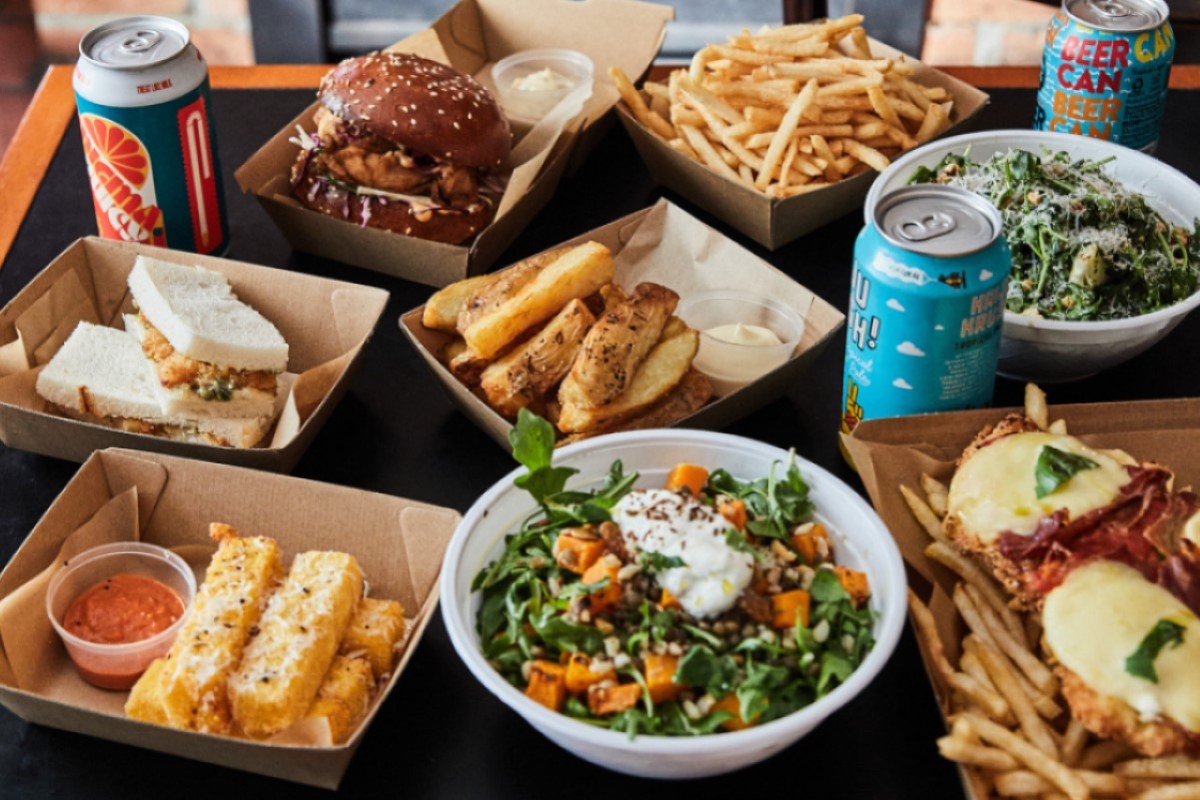Third-party delivery apps such as Uber Eats and Deliveroo have had a huge burst in popularity and usage with the Australian public in the last few years. Research from Roy Morgan shows that nearly one in five Australians were using a meal delivery service app in early 2020 – before the COVID pandemic boosted the usage of these apps even further, as on-premise dining was restricted for large periods of the year across the country.
These apps have gained popularity swiftly in the last few years – Roy Morgan suggests Australian user numbers doubled between mid-2018 and the beginning of 2019 – but new research suggests consumer sentiment towards these apps is starting to turn against them. A survey conducted by SevenRooms of more than 1000 Australians across the country found that the majority (63 per cent) wanted to do all they could to directly support local restaurants. The same percentage of survey participants also believed that these third-party apps charge too much, and that it’s cheaper to order directly with a local venue.
Anecdotally, there were suggestions that this change in sentiment began the longer the pandemic went on in 2020, with the public’s awareness increasing of just how much hospitality venues were suffering from trading restrictions. The fact that delivery apps take between 25-35 per cent commission on orders did not help with the change in sentiment.
Many publicans have been reticent to use third-party delivery apps due to the high costs involved, while others have viewed a take-up of the apps as necessary so as to not miss out on the increasing takeaway market, particularly in 2020. But with evidence suggesting that Australian consumers are moving away from the apps to support venues locally, an argument is being made for venues to set up their own takeaway and delivery capabilities.
“Third-party delivery apps have gained significant momentum and popularity amid lockdowns and the subsequent boom in at-home dining. They provide convenience for customers, and a broader audience of diners for venues. However, they come with high commissions and prevent venues from interacting and building relationships directly with their guests. We believe – as do many venues now – in a direct-is-best approach. This was overwhelmingly reflected in our research, too, which found that almost half of Australians (44 per cent) would be more likely to order through a venue’s own app or platform than a third-party platform,” stated Paul Hadida, general manager – Australia, for SevenRooms.
Doing it yourself
While many pubs have never felt the need to offer a takeaway component, lockdowns and trading restrictions in the last 18 months have necessitated the change. At the Oxford Tavern in Sydney’s inner west and the Robert Burns Hotel in Carlton, Melbourne, takeaway and delivery was viewed as a way to keep some form of revenue rolling in when the national shutdown was announced in late March last year. The operators at both pubs decided that setting up their own ordering systems was the way to go, rather than using a third-party app.
“The biggest thing was the cost [of the third-party apps]. And then the second thing was we wanted to keep the staff employed. So instead of outsourcing delivery, all of our casual staff were coming in and they were the delivery drivers. That’s why we could keep all our staff employed,” states Gerry Nass, owner of the Robert Burns Hotel.
The reasons were much the same for James Thorpe, director of Odd Culture Group, of which Oxford Tavern is a part. While the key motivators were keeping staff employed as either kitchen hands or making deliveries, and getting some revenue through the business, Thorpe could not have been prepared for what a difference direct ordering would make for the pub during lockdown.
“The orders started rolling in and by the end of that first week we had done triple what our revenue target was. In the weeks following that, some weeks the pub was actually trading better than it was when it was open, just out of that kitchen. Within two weeks we were hiring staff – we hired eight new staff just for that venue, in addition to the staff we already had,” explains Thorpe.
For both operators, the set-up and costs associated with a direct ordering capability were not too difficult, and made more sense than paying hefty commissions to the likes of Uber Eats and Deliveroo. Thorpe and his partner spent a weekend setting up the online delivery portal using open-source software, and once it was up and running spent $3000-$4000 a week with a digital marketing company to place Facebook ads. He said this was still cheaper than what he would have had to pay the third-party apps, where the Tavern’s offer would have been competing for marketing opportunities with dozens of businesses in the area.
Nass used a third party just to set up the online ordering capability, and then spent money on Facebook advertising, as well as doing a pamphlet letterbox drop to every residence in the postcode.
Want to keep reading? Check out the rest of the feature below in the June issue of Australian Hotelier.

